6 Things that Make Metro Great–And Different From Your Neighborhood High School
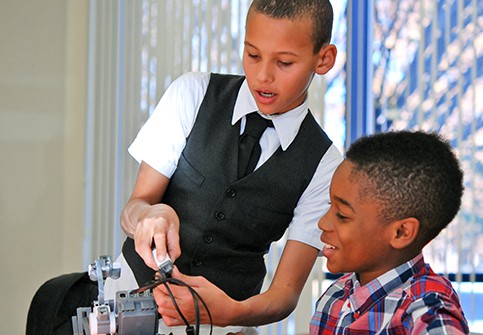
Metro Early College High School in Columbus, OH has a lot going for it. It opened in 2006 as a partnership between The Ohio State University and nonprofit science innovator Battelle. The small STEM-focused school had an amazing founding principal in Marcy Raymond (who went on to do great work in Reynoldsburg) that attracted a talented staff. Metro was formed around a powerful mission as a small STEM school with a “big footprint.” It anchors the Ohio STEM Learning Network. The state treats it as its own local education authority and it enrolls a diverse students by lottery from surrounding Franklin County, as well as the remainder of the state.
A former physics, math and engineering teacher at Metro, Middle School Principal Krista Miller gave me a quick tour on Friday. Miller piloted sixth grade last year and opened up seventh and eighth grade this year. Metro had about 120 students in 6th, 7th and 8th grades last year when current Principal Meka Pace was overseeing the Middle School program. This year they added to all grade levels and are currently sitting at 300 students.
There are six things I saw at Metro that make it great that you’re not likely to see at your neighborhood high school
1. Big ideas. Like all good schools, Metro is guided by a set of big ideas. The Metro community shares the Ten Common Principles of the Coalition of Essential Schools (thank you Ted Sizer)–the mission is helping students to use their minds well. The personalized school uses metaphor of “student-as-worker, teacher-as-coach.” The tone of the school is trust and decency. Students show what they know and progress on demonstrated mastery.
2. Real work. Metro is a problem-based school focused on STEM fields. Metro students practice six Habits of Heart and Mind:
- Effective Communicator
- Inquiring Learner
- Active and Responsible Decision Maker
- Effective Collaborator
- Critical Thinker
- Engaged Learner
Yesterday the middle school hosted a Future City Challenge where judges compared physical city models.
3. Highly personalized. In the small school, several adults know every student by name. Students has an advisor that monitors their progress, provides feedback, and serves as their advocate. Big blocks of time and integrated courses of study allow for deep inquiry and the development of strong student-teacher relationships.
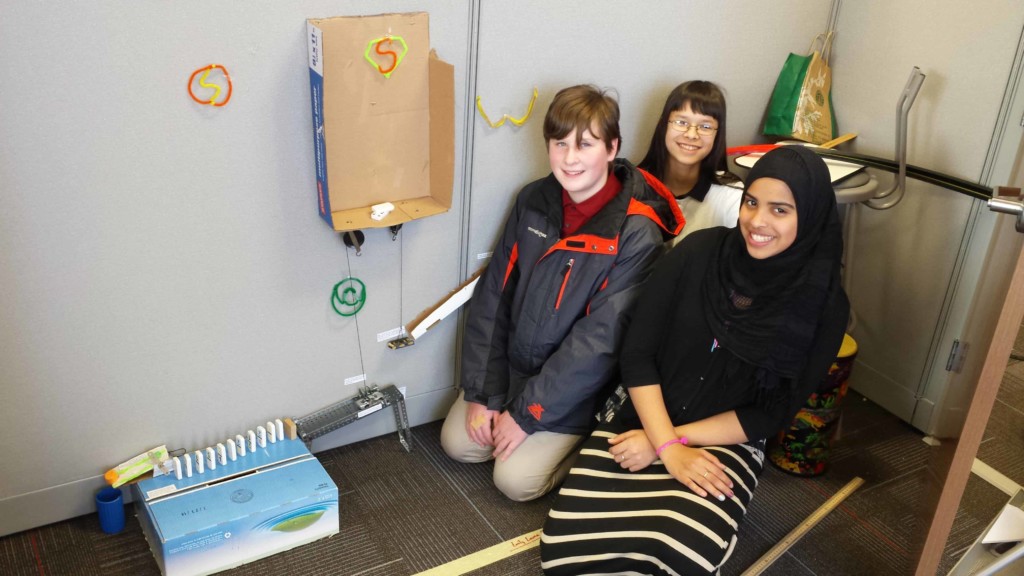
Metro reflects the diversity of Franklin County. Given a large muslim population, I asked about any tension during the Paris shooting, manhunt and standoff. Miller said said it wasn’t an issue given the culture of respect and the daily dialog between students and advisors.
4. Real readiness. College and career readiness is baked into every experience at Metro. The day I visited, middle school students were presenting their learning and demonstrating the six habits in their work across the curriculum. High school students show what they know on real tasks. They typically gain 18 high school credits by the end of their sophomore year and must complete those as well as a gateway demonstration to earn eligibility for college credit.
Six different Learning Center experiences combine college and high school coursework, internships, and mentorships focused on a particular area of study culminating in a capstone research project. Delivered online and onsite, they prepare students for the rigors of college courses, give them opportunities to explore different fields of study, and may result in paid positions or extended Internships. Learning Center topics include engineering, biomedical, botanical, and energy. They allow students to experience the rigor of collegiate work with the support of their high school teachers.
5. College proximity. There are thousands of schools where students can earn college credit but it’s rare to have the opportunity to attend and earn credit from a leading R1 university. Metro sits on the OSU campus so upper division students can ride a shuttle to college classes. The opportunity to experience academic success.
6. Open and flexible space. The space is a mixture of classrooms and open collaborative spaces. Lots of big sliding doors make it quick and easy to combine spaces. The space supports the flexible and integrated curriculum and problem-based pedagogy.
Metro landed on a thoughtful approach to technology–students can rent a Chromebooks for $50 plus insurance (less for low income students) or bring their own device.
School visits are a great way to learn. Visit Metro to feel a productive learning culture, see powerful learning experiences, and witness students finding success in college before they graduate from high school.
For more on Metro, Columbus and next gen schools, check out:



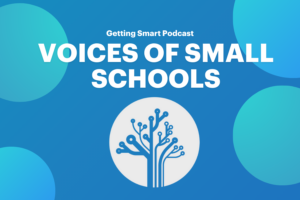
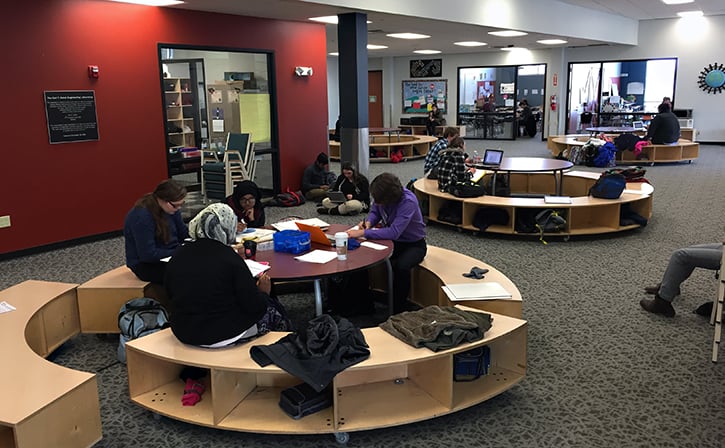

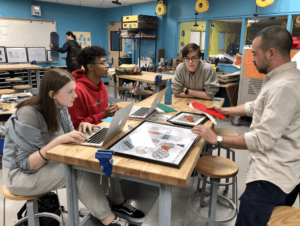


Jalynn
I'm trying to sign up for her online at my daughter goes to Anderson academy